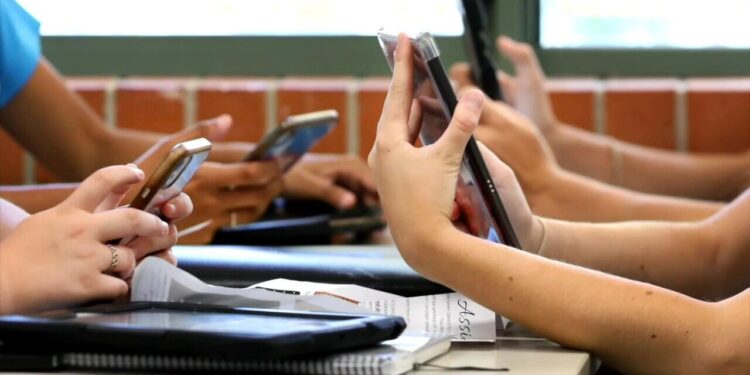The Northshore School District has enacted sweeping mobile device restrictions for the 2025-26 school year, joining a growing movement across Washington state to limit student phone access during instructional time.
The policy prohibits personal mobile devices, including smartphones and smartwatches, in early childhood programmes, elementary, and middle schools throughout the entire school day. Students must either leave devices at home or keep them turned off and stored if brought to campus. High school students retain limited access, with devices permitted before and after school, between classes, and during lunch, but not during instruction.
The district cited reduced distractions and behavioural improvements as primary motivations for the policy change. Schools within the district that previously implemented phone restrictions report “increased focus, attention, comprehension, engagement, and improved academic performance,” according to the district’s June announcement.
Additional benefits include enhanced face-to-face peer interactions, reduced cyberbullying incidents, fewer physical altercations, and decreased social media-related issues among students. Teachers and staff also report observing less stress and anxiety among pupils under phone restriction policies.
However, the effectiveness claims warrant scrutiny. Whilst the district reports positive outcomes from schools with existing restrictions, these observations appear largely anecdotal rather than based on systematic measurement. The complexity of factors affecting student behaviour and academic performance makes it difficult to isolate the specific impact of phone policies from other educational interventions.
The Northshore policy aligns with broader state trends. In January 2024, state legislators introduced a bill proposing statewide phone restrictions during school hours. Several Washington districts had already implemented similar policies, including Peninsula School District in Gig Harbor and Reardan-Edwall School District in Eastern Washington, which permits phone use only during lunch and class breaks.
Seattle’s Hamilton International Middle School adopted a more restrictive approach in June 2024, requiring students to place phones in locked pouches whilst maintaining physical possession. This policy emerged after enforcement challenges with their previous “away for the day” guidelines.
Parent reactions remain mixed, particularly regarding emergency communication concerns. Some families oppose restricting phone access, arguing they need direct contact with children during potential emergencies. These concerns highlight the tension between educational objectives and parental security expectations.
The Washington Office of Superintendent of Public Instruction reports that 61 percent of communities with phone policies express satisfaction with the approach, though this figure raises questions about the 39 percent who remain dissatisfied and the methodology used to measure community sentiment.
Implementation challenges may prove significant. Elementary restrictions appear relatively straightforward to enforce, but high school policies requiring nuanced timing restrictions during specific periods present more complex oversight demands. The difference between “between classes” and “during class time” may create grey areas requiring constant staff supervision.
The policy also reflects broader questions about technology’s role in education. The district acknowledges that technology “has created many opportunities, as well as challenges” whilst navigating educational environments. This tension between embracing technological tools for learning whilst limiting personal device distractions represents an ongoing challenge for educators.
For families in the Northshore District, the policy requires adjustments to daily routines and emergency communication plans. Parents accustomed to direct text contact with children during school hours must adapt to traditional school communication channels for non-emergency matters.
The long-term effectiveness of phone restrictions remains unclear, as most policies are relatively recent implementations. Whether observed benefits persist over time and across different student populations will determine if such policies represent sustainable educational improvements or temporary interventions with diminishing returns.







